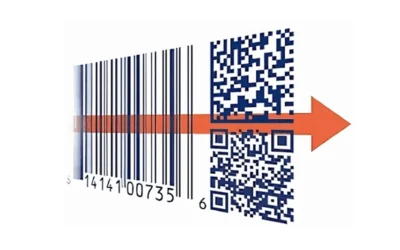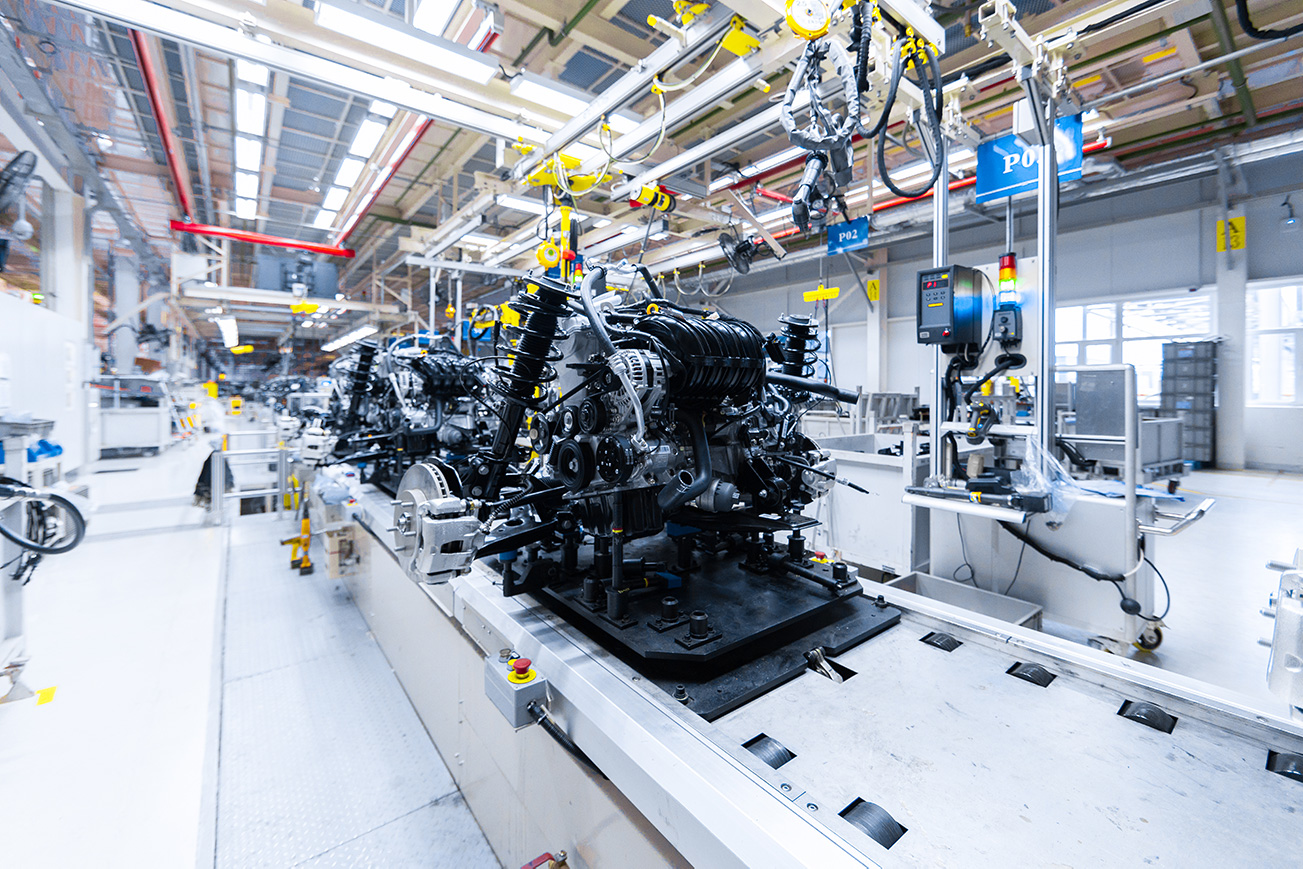The U.S. retail industry has seen unprecedented growth in the last two years, fueled by a pandemic that forced consumers to embrace online shopping and then return to brick-and-mortar stores once a vaccine was available.
According to the U.S. Department of Commerce, 2020 saw a huge increase in sales versus the previous two years:
- 2018 – $3.635 trillion in total sales ($520 billion in eCommerce)
- 2019 – $3.780 trillion in total sales ($598 billion in eCommerce)
- 2020 – $4.040 trillion in total sales ($792 billion in eCommerce)
That’s an increase of 6.9% in 2020, compared to just 3.9% the year before. For eCommerce, the increase doubled to 32.4% versus the previous year’s 15%.
This combined surge in traditional and online sales has proven to be problematic to the retail industry for a number of reasons, all of which are directly related to the supply chain.
Low Inventory
While demand for retail products continues to rise, retailers are struggling to keep inventory on hand. Overseas manufacturing has been delayed by COVID outbreaks and labor shortages leading to limited availability of parts and materials.
Increased Shipping Prices
As online orders continue to pour in and in-person consumers purchase whatever items they can find on shelves, retailers suffer from the bottleneck of cargo ships that are getting jammed up in coastal ports. Labor shortages and COVID outbreaks have stalled deliveries, forcing retailers to pay higher prices to improve their chances of having inventory delivered on time. Even with the steeper fees, on-time deliveries still aren’t guaranteed.
Forecasting Difficulties
Being able to plan for increased or diminished demand is one of the key strategies to a successful retail business. However, no one understood how consumers would react in such an unprecedented time. For example, based on poor sales in early 2020, auto manufacturers cancelled most of their orders for semiconductor chips, a critical component for every new car and truck. Little did they know that just a year later, demand for new vehicles would skyrocket, increasing demand exponentially. Due to the chip shortage, available inventory is almost nonexistent as the few cars that arrive at dealerships today were actually purchased weeks ago by desperate consumers who were willing to buy them sight unseen.
Embracing New Technology
While many think of retail as often being on the cutting edge of technology, that isn’t often the case. Just a year before the pandemic, only 10% of retailers were adopting the newest retail technologies driven by AI and IoT.
How to Manage Today’s Inventory Challenges
While there’s no magic solution available to simply fix these challenges, there is something you can do to keep the negative impact to a minimum – adopt the right inventory tracking solution to better manage your assets.
PortalTrack by MSM Solutions gives you a more efficient way of tracking and managing your inventory. By automating your processes with RFID technology – tags, scanners, portals and antennas – you have more accurate, real-time tracking. This allows you to know exactly what you have and where it’s located, so you can deliver on your promise to provide the products your customers demand.
- Increase inventory accuracy.
- Improve item locating.
- Increase productivity.
- Improve customer satisfaction.
To get more information on how you can manage your inventory and assets more efficiently so you can provide exceptional service to every customer that walks through your doors or orders online, give us a call. We’re happy to walk you through customized solutions or give you a free demo so you can see firsthand how MSM Solutions can help you.



